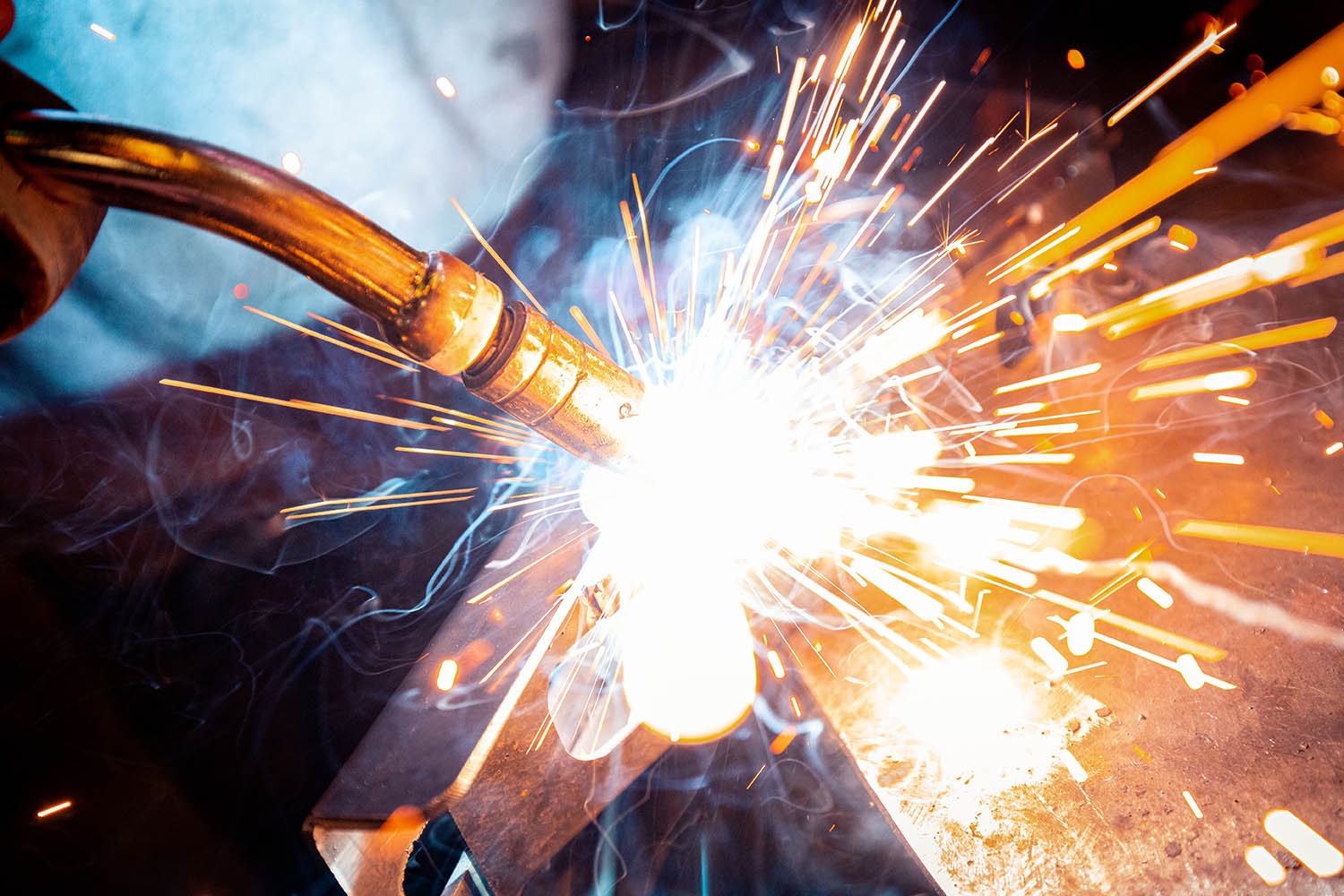
If your company uses aluminum castings as part of your production process, it’s likely you’ve encountered casting imperfections or damage at some point. When repairing these issues, it’s important for your team to know that not all aluminum castings are weldable. Today our weld process control specialists will be sharing some details about aluminum casting imperfections as well as the factors you need to know to determine if your aluminum castings are weldable. Read on to learn more.
The Challenges Associated with Welding Aluminum Castings
As with any type of welding, castings are subject to minor surface imperfections. Sometimes these imperfections deem the casting non-compliant and other times it simply impacts the cosmetic appearance. Some of the more common defects we see include:
- Mis-run edges
- Gas microporosity
- Inclusion pits
- Cold laps
- Handling damage
If these flaws are not properly investigated first, the welding can result in the hot cracking problem or solidification cracking or other issues. Therefore, it’s essential that the welder first be aware of two factors to determine if the casting is weldable or not: chemical composition and production process.
Be Aware of Chemical Composition
The first consideration to take is regarding the chemical composition. This will determine if the aluminum casting tolerates welding or not. The composition that is most common (over 75%) is 3XX, specifically 356. Based upon this, if you are unsure of the alloy that your casting is made from, we recommend using 4043 as a filler.
As an alternative from Hobart Filler Metals 4943 will provide substantially higher strength with comparable weldability and crack sensitivity when compared to 4043. This filler metal has an addition of Mg which provides it with higher as-welded strength without dependence on dilution from base material. It will also provide greater strength in components that are subjected to post weld heat treatment
You can find the Aluminum Filler Metal Selection Chart at:
Aluminum Filler metal selection chart 2017 1 page zfold (hobartbrothers.com)
The five most chemical categories of aluminum casting alloys are as follows, along with whether they can be welded and filler recommendations:
- 1XX: aluminum alloy, YES, 1100 Filler
- 2XX: aluminum and copper alloys, NO (generally)
- 3XX: aluminum, silicon, magnesium alloys, YES, 4043 Filler
- 5XX: aluminum and magnesium alloys, YES, 5356 Filler
- 7XX: aluminum, zinc, magnesium alloys, NO (generally)
Identify Casting Production Process
The second consideration to take when dealing with aluminum casting weld defects is the process that made the casting. This information will help inform the welding team on any challenges they may encounter with the casting. For example, when the production method is die casting, there’s a chance you will encounter pockets of porosity. These pockets may interrupt the weld cycle and further imperfections, requiring more than one weld cycle. In contrast, permanent mold casting and sand casting have relatively low gas content. This makes them much more likely to be easy to weld.
Bancroft Engineering is a Wisconsin-based welding equipment builder uniquely qualified to furnish reliable, cost-effective solutions. From simple, stand-alone machines to full robotic welding automation systems, we are your top choice for excellence. Our team’s expertise & technology will improve your welding operations. Get in touch today to learn more about we can help you!
Credit : Source Post






